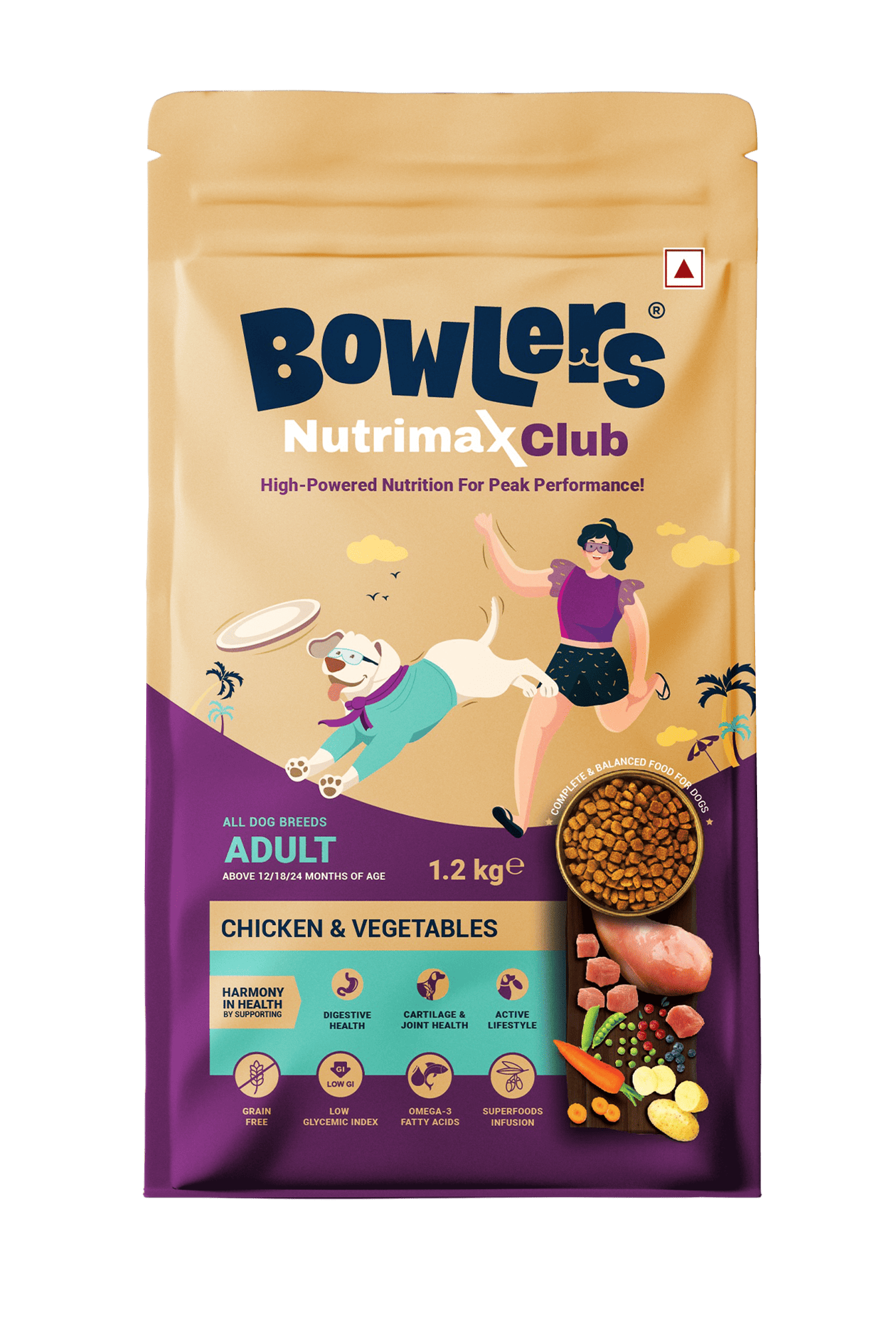Puppy Growth & Behavior Clues: Is It Time to Switch to Adult Food?

The puppy food transition is one of the most important nutritional milestones in your dog’s life. It’s not just about swapping kibble; it’s about understanding when your dog’s body is ready for a new balance of nutrients. Choosing the best time to change dog food ensures they get everything they need for health, energy, and longevity.
Why Puppies Need Different Nutrition
Puppy food is specially formulated to pack more calories, protein, and key minerals like calcium and phosphorus. This fuels rapid growth, supports bone development, and builds strong muscles. However, as your dog matures, their growth rate slows and excess calories can turn into unwanted weight. This is why reading puppy food transition signs is more accurate than relying only on age.
Behavior & Body Language That Signal Readiness
Every dog’s maturity timeline is unique, but certain puppy behavior changes and growth patterns suggest it’s time to switch dog food:
-
Growth plateau – No noticeable increase in height or frame size over several weeks.
-
Steadier play patterns – Less frantic energy, more predictable activity cycles.
-
Strong chewing ability – Adult teeth in place, handling firmer kibble with ease.
-
Healthy body condition – Maintains a lean but muscular shape without rapid changes.
If you notice several of these at once, your dog is likely ready for adult dog food.
Puppy Growth Milestones That Matter More Than Months
Instead of checking a calendar, watch your dog’s development:
-
Coat has a mature, glossy appearance.
-
Paw size looks proportional to body (not oversized “puppy paws”).
-
Weight gain is steady but slow.
-
Appetite is consistent — neither ravenous nor fussy.
These subtle cues can be more reliable than an age chart in deciding the best time to change dog food.
The Right Way to Transition to Adult Kibble
Switching diets abruptly can upset your dog’s stomach. A gradual dog food transition guide like this works well:
-
Days 1–2: 75% puppy food, 25% adult food.
-
Days 3–4: 50% puppy food, 50% adult food.
-
Days 5–6: 25% puppy food, 75% adult food.
-
Day 7: 100% adult food.
For sensitive eaters, extend this process over 10 days or more to ensure a smooth adjustment.
Avoid These Common Transition Mistakes
Even with the right timing, many owners run into issues by:
-
Switching too early and missing key growth nutrients.
-
Leaving puppies on high-calorie food too long, causing weight gain.
-
Changing brands without checking ingredient quality.
-
Making the swap too suddenly without following a dog food transition guide.
Final Thoughts
Recognizing the puppy food transition signs isn’t just about feeding it’s about supporting your dog’s overall development. When your dog’s growth levels out, energy stabilizes, and their body shows signs of maturity, you can confidently begin the shift to adult food.
For the complete picture, including vet-backed advice and breed-specific tips read our main guide: When Should You Switch From Puppy to Adult Dog Food?
FAQs: Puppy Growth & Behavior Clues for Food Transition
Q1: What are the first signs to switch dog food from puppy to adult formula?
A1: Look for a slowdown in growth, steadier energy levels, a proportional body shape, and adult teeth. These puppy food transition signs are often more reliable than age alone.
Q2: Can I change my puppy’s food without causing stomach upset?
A2: Yes, follow a gradual dog food transition guide over 7–10 days, increasing adult food while reducing puppy food to help your dog’s digestive system adapt smoothly.
Q3: What happens if I switch dog food too early?
A3: Transitioning before your puppy is ready can lead to nutrient deficiencies, especially in protein, calcium, and healthy fats, which are critical for growth and development.
Q4: What if I wait too long to transition my dog to adult food?
A4: Keeping a dog on high-calorie puppy food for too long can cause excess weight gain, joint strain, and digestive issues. Watch for puppy growth milestones instead of relying solely on age.(cluster 1 link)
Q5: How do puppy behavior changes indicate food readiness?
A5: Mature behavior such as calmer play sessions, consistent appetite, and reduced hyperactivity often signals that your dog may be ready for adult dog food.
Q6: Should I ask my vet before making the switch?
A6: Absolutely, a vet can confirm whether your dog’s growth stage, weight, and health make it the best time to change dog food for their needs.
- Art
- Causes
- Crafts
- Dance
- Drinks
- Film
- Fitness
- Food
- Games
- Gardening
- Health
- Home
- Literature
- Music
- Networking
- Other
- Party
- Religion
- Shopping
- Sports
- Theater
- Wellness


